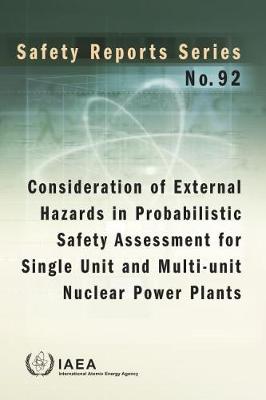Safety Reports
3 total works
This publication provides Member States with a detailed methodology to establish a national strategy for education and training in radiation, transport and waste safety, in order to build competence in a sustainable and timely manner. Guidance is provided on assessing education and training needs, giving consideration to the national legal and regulatory framework for education and training, and the current and future facilities and activities; designing the national education and training programme based on the needs; and optimizing national resources to complement external assistance. A practical example of the application of the methodology is generated for a hypothetical country, outlining the chronological sequence of the actions to be taken, their timeframe, including the role and contribution from the different national stakeholders. This methodology has been tested in the field during 20 regional workshops attended by about 300 participants from more than 80 Member States.
Safety Aspects of Nuclear Power Plants in Human Induced External Events: Assessment of Structures
by Iaea
Published 30 March 2018
This publication provides detailed guidelines for the safety assessment of nuclear power structures against mechanical impact, explosion and fire caused by human induced external events. It covers the characterization of loading, the assessment of structural integrity using both simplified methods and more elaborated methodologies, and the assessment of induced vibration. The acceptance criteria provided in the publication are for different failure modes: overall stability, overall bending and shear, local failure modes and induced vibrations. The process of analysing fire consequences is also included.
This publication outlines the generic methodology for probabilistic safety assessment (PSA) of nuclear power plants (NPPs) against external hazards. It integrates design, procedural, operational, human factors and both protection and mitigation aspects that are essential to model a NPP response to an external hazard and to assess the associated risk. It specifically addresses the identification and screening of external hazards considering the multi-unit impact.


